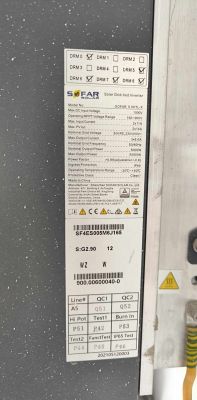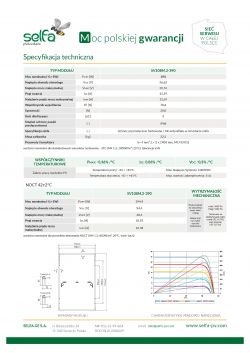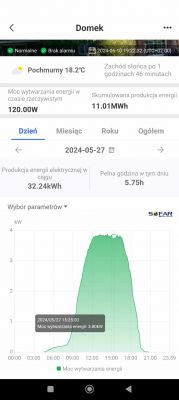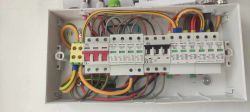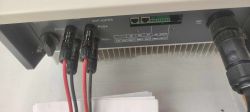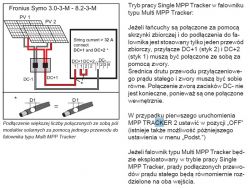plm132 wrote: And now how to bite it to increase production.
.
It looks like something is limiting (flattening out) your production around 4kW. Don't you have some kind of production limiting done - P(U) functions, Q(U) or something else?
But that's a detail, because you still have a reduced production in relation to that number of kWp, because:[letter:6602667d3e]-When the panels are tilted at 45°, the panels produce about 12...15% less power than at the optimum tilt for June.
- The panel's 390Wp output is, and yes it is, but for laboratory STC conditions. In the real world, by contrast, one is closer to NOCT conditions, i.e. 295Wp of power. You can take a safe 0.9 STC power for your estimates.Adding up, you have about twenty, twenty-something per cent legitimate power shortfall. The remaining shortfall is that flattening seen in the graph.



